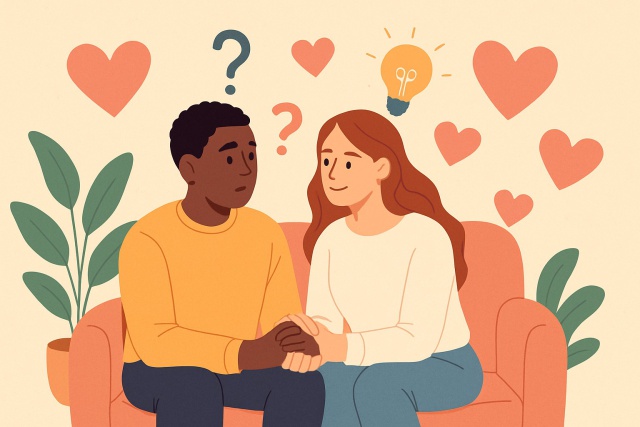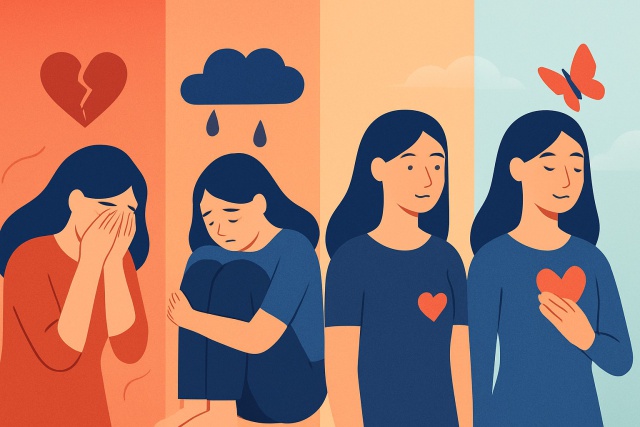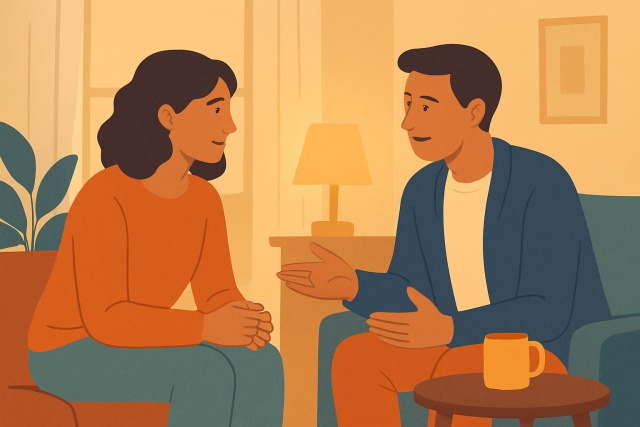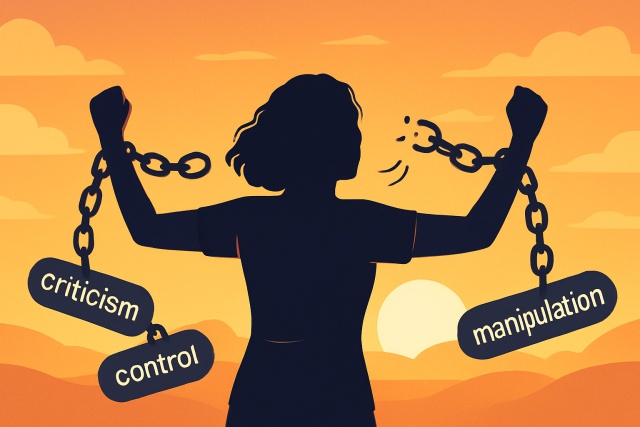
What Are Common Insecurities in a Relationship and How They Form
Insecurities impact relationships quietly but deeply. Learn about common types, how they develop, an...
Attachment issues pop up in all kinds of relationships but they’re often misunderstood or mislabeled. This article explores various attachment styles and digs into their roots in childhood. It also unpacks how they shape the way we connect emotionally and behave in adult relationships.
Attachment theory has its roots in psychology and explores how our first experiences with caregivers set the stage for how we emotionally connect with others. These early bonds leave a lasting imprint and shape our expectations, trust and behavior in relationships throughout our lives
Picture yourself as a kid with a caregiver who is not just there but truly loving and attentive. This kind of presence makes you feel like the world is a safe place. You come to realize people can be trustworthy and reliable, which is no small thing. Now flip the script. If your needs get brushed aside or met in an unpredictable way, it is natural to start building emotional walls to keep yourself safe.
Each attachment style carries its own unique blend of emotional quirks and behaviors. People with a secure style usually find trust and intimacy to come pretty naturally, like second nature. On the flip side, those with an anxious style often wrestle with worries about being left out in the cold. Avoidant types tend to keep a bit of emotional space—kind of like they’re guarding their own little fortress.
| Attachment Style | Key Characteristics | Typical Behaviors | Relationship Challenges | Response to Intimacy | Response to Conflict |
|---|---|---|---|---|---|
| Secure | Comfortable with closeness, trusting, emotionally open | Easily forms close bonds, genuinely supportive | Handles conflict with grace, manages to balance personal needs pretty well | Welcomes intimacy with open arms | Faces conflict calmly and directly |
| Anxious | Craves closeness but worries about being left behind, pretty sensitive | Often clings and frequently seeks reassurance, kind of like a safety net | Prone to overthinking, jealousy pops up now and then, emotional rollercoaster included | Constantly looks for reassurance | Can get clingy or quite upset when stressed |
| Avoidant | Downplays closeness, treasures independence like a lone wolf | Keeps emotional distance, dodges vulnerability like the plague | Has a tough time opening up emotionally, fears being too dependent | Tends to pull away from intimacy | Usually avoids conflict or just shuts down |
| Disorganized | A tricky mix of anxious and avoidant traits, often feels fearful | Behaves unpredictably and struggles with trusting others | Shows up as confusion and inconsistency in what they need emotionally | Both craves and fears intimacy, sometimes at the same time | Fluctuates between shutting down and confronting head-on |

Attachment challenges often trace back to important early years when caregiver behavior, trauma impact, and the surrounding environment really affect development. When a child's emotional needs are met inconsistently or come with fear it can disrupt their ability to form healthy relationships later on.
Many people tend to think attachment styles are carved in stone from early childhood. But as it turns out, they often shift and evolve over time thanks to new relationships, therapy and hard-earned self-awareness.
Attachment issues in adults tend to pop up in all sorts of relationships—romantic, family or friendships. Sometimes they sneak in quietly and are barely noticeable. Other times they’re as obvious as a sore thumb.
Attachment behaviors are something everyone goes through at one point or another. Figuring out your own style can really pave the way to treating yourself—and others—with a bit more compassion and a lot less judgment. It’s a little like getting to know an old friend you forgot you had.
Attachment styles play a significant role in how individuals communicate and handle conflict. They also affect how people show intimacy and offer emotional support. For example, people with a secure style tend to navigate disagreements constructively. Anxious or avoidant partners often struggle more to keep their emotions in check.
Recognizing your own and your partner’s attachment style can help you build empathy and smooth over conflicts. It fosters stronger, more meaningful connections rooted in understanding
Attachment-related challenges tend to pop up in all sorts of ways within relationships like emotional dependency or avoidance. They also include fear of abandonment and intense overwhelming feelings often called flooding.
Attachment styles aren’t set in stone. With self-awareness and conscious effort plus supportive relationships, people often develop healthier attachment patterns that pave the way for deeper intimacy.
Therapies like attachment-focused therapy, Cognitive Behavioral Therapy (CBT) and Emotionally Focused Therapy (EFT) provide helpful ways to address attachment issues and start healing tricky attachment wounds. Alongside these, self-help techniques like mindfulness and embracing vulnerability often nudge us gently toward personal growth.

Insecurities impact relationships quietly but deeply. Learn about common types, how they develop, an...

Discover the five essential stages of relationship breakup and learn how understanding them can lead...

Emotional availability is key to healthy relationships. Discover what it means, why it’s important,...

Recognize common toxic relationship signs early to protect your emotional well-being and foster heal...